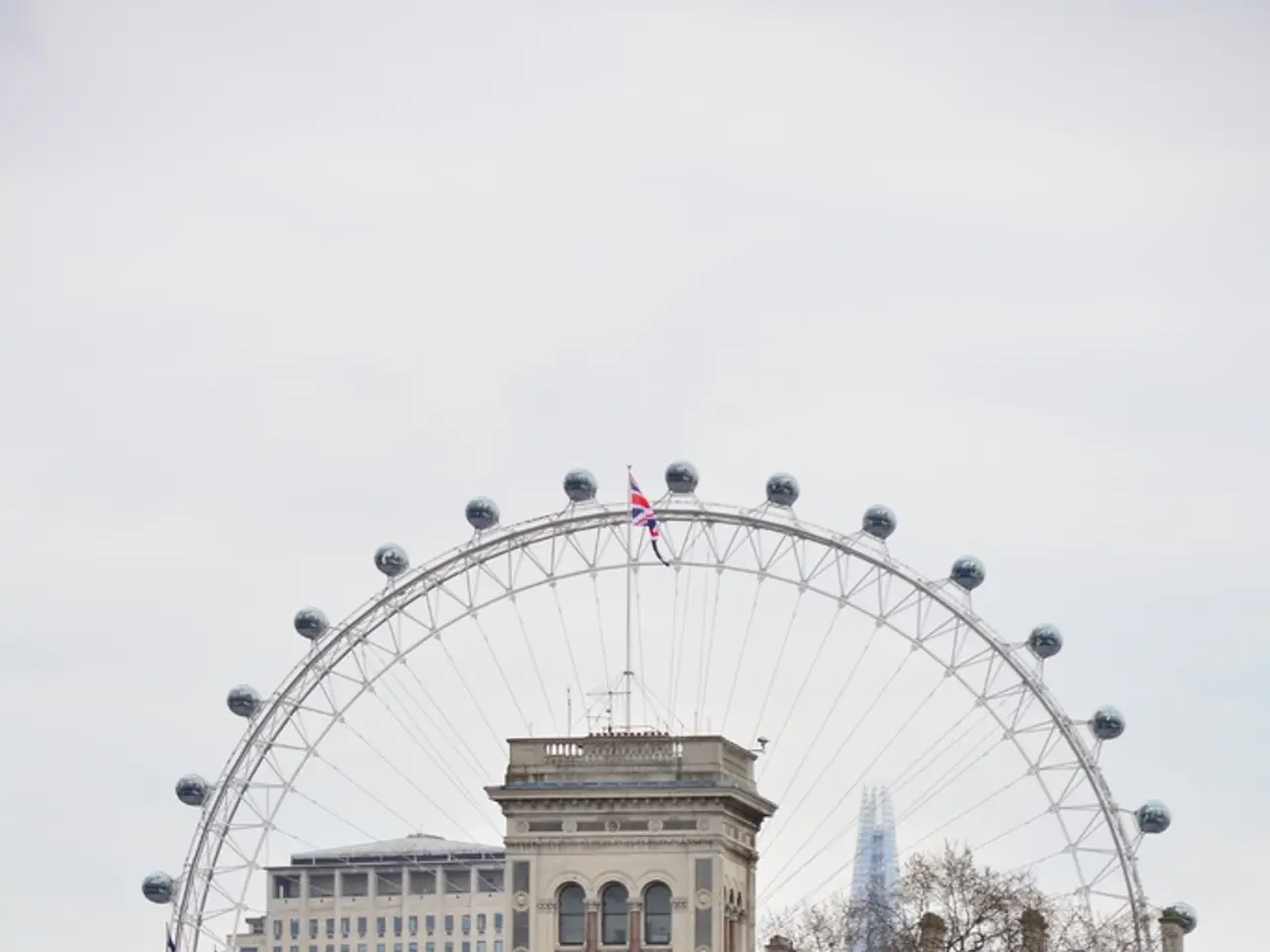Insights on Hampstead: The captivating backdrop of 'Bridget Jones: Mad About the Boy' novel
In the heart of London, the village of Hampstead stands out as a unique and historically rich area. Over the centuries, it has attracted a diverse range of influential figures from various fields, including literature, science, music, art, and politics.
For centuries, Hampstead was a haven for Quakers and Protestant Dissenters, fostering an environment of liberal values that would continue to set it apart from other parts of London. This liberal spirit, combined with its prosperity, made Hampstead a place of refuge for many.
The village's allure can be traced back to the 18th century, when its iron-rich waters were believed to have healing properties, sparking an increased interest in the area. One of the first notable residents during this period was Henry Cavendish, a scientist and philosopher, who conducted experiments on air quality and freezing mercury while living in Church Row in the 1780s.
Artistic influence began to take hold in Hampstead, with the arrival of John Constable, the renowned painter, in 1819. He rented a property and painted many views of the heath, leaving an indelible mark on the village's artistic landscape. The memory of Fountain North's cannon-firing tradition, inspired by Admiral's House, located in Admiral's Walk, even found its way into P. L. Travers' Mary Poppins books, where it became Admiral Boom's character.
Hampstead's creative set remained fiercely loyal to the village, contributing to its transformation from bohemian to super-rich. Notable residents during the first half of the 20th century included Edward Elgar, Agatha Christie, and Sigmund Freud, among others. The village also became a haven for writers such as H. G. Wells, Virginia Woolf, and George Orwell.
John Keats, a poet, lived in Hampstead from 1817 and wrote some of his greatest works there. Another notable resident, Judi Dench, moved to Hampstead as a struggling actress and later became extremely wealthy and influential.
Today, Hampstead continues to attract creative and influential figures. The village's cottage-lined lanes and vine-festooned streets provide a picturesque backdrop for its modern-day residents, including Boy George, Sting, and Judi Dench.
In conclusion, Hampstead's rich history and artistic influence make it a unique and historically significant area in London. Its liberal values, combined with its prosperity, have attracted a diverse range of influential figures, cementing its place as a haven for creativity and innovation.
[1] Historical Account of Hampstead [2] Notable Residents of Hampstead [3] Notable Residents of Highgate [4] Hampstead: A Haven for Creative Minds
[1] Over the centuries, Hampstead has hosted a diverse range of influential figures, creating a unique home-and-garden for various creative minds.[2] The village's allure has stemmed from its rich lifestyle, fostering an environment that has encouraged the artistic and intellectual growth of its residents, from scientists like Henry Cavendish to writers such as George Orwell.




